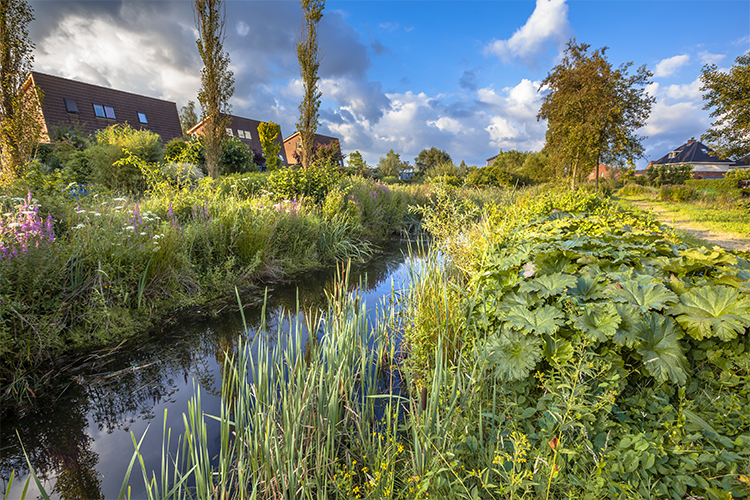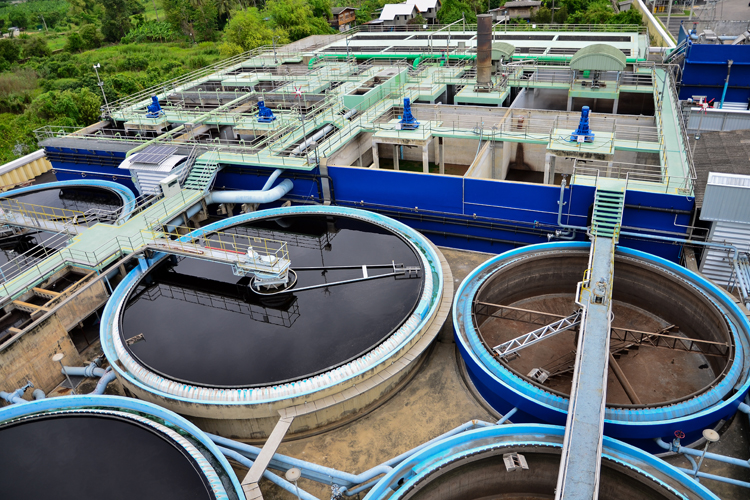Nutrient Neutrality and Sustainable Drainage for New Developments
13 April 2021

Nutrient neutrality and sustainable drainage are two crucial aspects of sustainable water management that focus on minimizing the negative impacts of nutrient pollution and promoting the effective management of stormwater runoff.
Designated sites in England and Wales are protected under the Water Framework Directive Regulations (2017) and the Conservation of Habitats and Species Regulations (2017). This means that all developments in the affected catchment will have to demonstrate what is known as Nutrient Neutrality.
Nutrient Neutrality refers to the nutrients (nitrogen and/or phosphorus) in water. These nutrients from all surface water run-off and wastewater, generated by developments in the affected catchment, must be less than or equal to the nutrients generated by the existing land use.
Nutrient neutrality aims to achieve a balance between nutrient inputs and outputs in order to prevent excessive nutrient pollution in water bodies. Nutrients, such as nitrogen and phosphorus, are essential for plant growth but can become pollutants when they enter waterways in excessive amounts. Sustainable developments implement practices to reduce nutrient runoff, such as implementing best management practices for agriculture, managing fertilizer application rates, and implementing vegetative buffers along water bodies. Additionally, sustainable wastewater treatment systems employ advanced technologies that remove nutrients from wastewater before discharge. By adopting nutrient neutrality approaches, we can protect water quality, prevent harmful algal blooms, and maintain healthy ecosystems.
This article discusses the significance of nutrient neutrality on the environment and how sustainable drainage can achieve this.
Read the full article on Nutrient Neutrality and Sustainable Drainage





